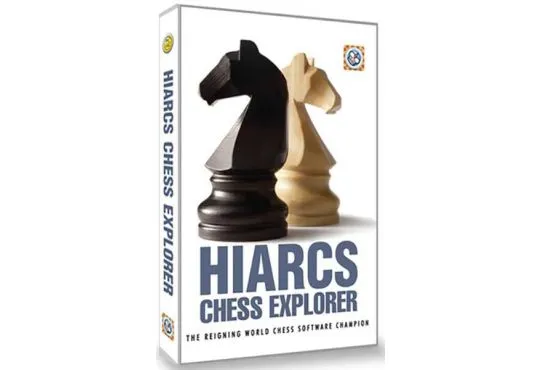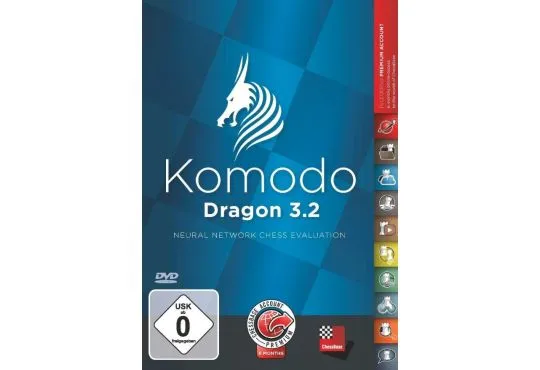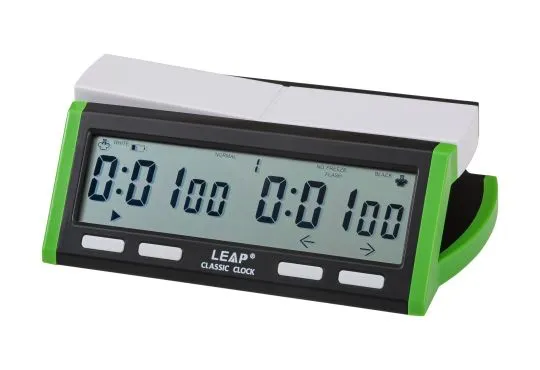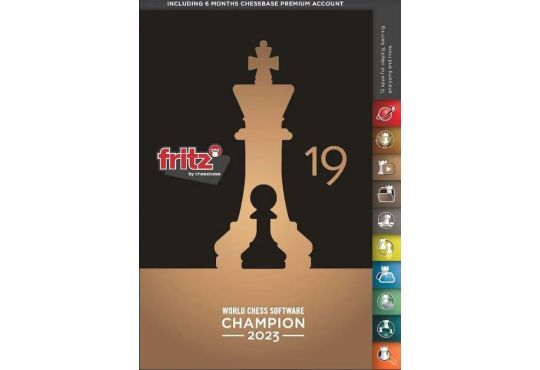Neural Net Vs Chess Engine: What's The Difference?
Before we could teach machines to talk, see, or write poetry, we taught them to play chess. And not just play — but to dominate it. For decades, the chessboard has been the ultimate battleground between two branches of artificial intelligence: the traditional chess engine and the neural network.
One relies on exhaustive search and handcrafted logic. The other learns, adapts, and mimics intuition. And both have changed how we see not just chess — but intelligence itself.
This isn't just a technical comparison. It's a clash of worldviews: the rule-bound versus the instinctive.
The chess calculator versus the learning machine.
Today, we unravel how these two systems think, how they evolved, and why understanding their differences might just change how you view both chess and computers forever.

Table of contents
Origins of Chess AI
When it comes to chess AI, the distinction between a traditional chess engine and a neural network-based model is not just academic.
It represents two philosophical trajectories in how intelligence is replicated: one built on human-crafted logic and calculation, the other on learned intuition and pattern recognition.
Chess engines like Stockfish are the product of decades of fine-tuned algorithms designed to simulate brute-force precision.
Neural network systems like AlphaZero, in contrast, evolve their chess strength through self-play, adjusting their internal parameters until mastery emerges from iteration.
The divide runs deep.
Classical engines approach the chessboard as a vast forest of possibilities, pruning this complexity through efficient tree searches and an evaluation function rooted in chess heuristics.
Neural nets, however, interpret the board more holistically.
Rather than checking every possibility, they rely on training to recognize what matters and what doesn't. The neural net does not calculate every path; it learns which paths are worth walking.
-
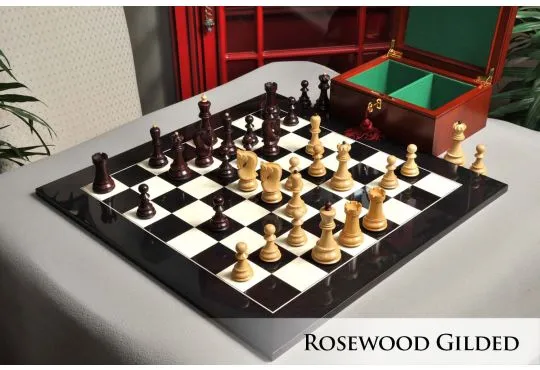 Free Worldwide Shipping
The Gilded Zagreb '59 Series Chess Set, Box, & Board Combination Enjoy Savings of 36% Off MSRP When Purchased as a Combination
Free Worldwide Shipping
The Gilded Zagreb '59 Series Chess Set, Box, & Board Combination Enjoy Savings of 36% Off MSRP When Purchased as a Combination$637.95
Starting at $409.00
To $488.95
What is a Chess Engine?
A chess engine is a computer program that accepts a chess position as input and returns the optimal move as output.
Its strength lies in its brute-force ability to evaluate millions of possible continuations per second using algorithms like minimax and alpha-beta pruning.
Modern chess engines are typically written in low-level languages like C++ to squeeze out maximum performance.
Stockfish, the most dominant chess engine today, can process more than 70 million nodes per second on standard hardware.

Key components of a chess engine include board representation, move generation, search logic, and an evaluation function. An opening book is often integrated to ensure strong early play, and endgame tablebases allow perfect play in simplified positions.
These engines do not learn in real time; they are products of long-standing, handcrafted tuning and relentless optimization.
The user interface is separate from the engine itself.
Graphical interfaces like Arena interact with engines using protocols like UCI (Universal Chess Interface). It allows users to toggle settings, access move analysis, and engage in chess training scenarios.
Neural Networks: How it is Teaching the Machine to See
Artificial neural networks (ANNs) are modeled after the structure of the human brain.
Rather than being explicitly told how to play chess, they learn through exposure. DeepMind's AlphaZero used reinforcement learning to teach itself the game from scratch.
It played millions of games against itself, using its neural network to estimate position strength and guide a Monte Carlo Tree Search (MCTS).
Unlike traditional chess computers, neural networks generalize. Where Stockfish sees a sequence of exchanges, AlphaZero sees control, initiative, and space.
Instead of searching all possibilities, the neural net prioritizes moves its network predicts to be fruitful. Its evaluation isn't based on weighted heuristics but on a value head that estimates the probability of a win from a given position, a method that mirrors human instinct more than human logic.
Neural network engines, such as Leela Chess Zero (Lc0), often rely on open source training infrastructure and volunteer compute resources.
These systems require powerful GPUs and extensive data, but can yield a deeply nuanced understanding once trained.
Calculators vs Cognition
The difference between a chess calculator and a neural chess program is not simply speed or accuracy, but intent.
A chess engine is a machine built to calculate and solve the board like a mathematical equation. Neural networks aim to play, to mimic the human thought process in a way that prioritizes meaningful patterns over raw arithmetic.
This philosophical divide becomes apparent in their play. Chess engines often display materialism — preferring to win pawns and pieces even if it costs long-term positional edge.

Neural nets may sacrifice material for initiative or play moves that seem quiet but are loaded with long-term implications. While the engine crunches numbers, the neural network interprets the board like an artist seeing shapes and flow.
-
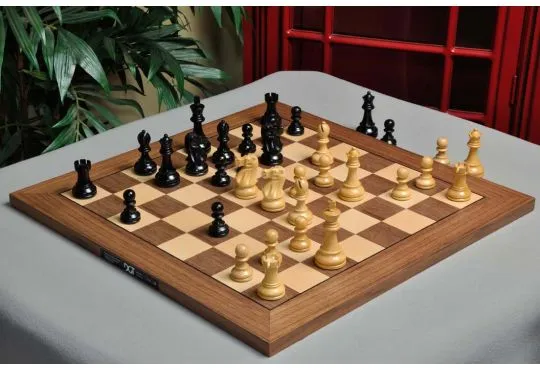 Free Worldwide Shipping
The DGT Projects Electronic Chess Board (E-Board) - USB Connection
Free Worldwide Shipping
The DGT Projects Electronic Chess Board (E-Board) - USB ConnectionStarting at $1,099.00
To $1,737.00
Performance in Practice
The computer chess championship circuit — from the Top Chess Engine Championship (TCEC) to the Chess.com Computer Chess Championship — has historically been dominated by traditional engines.
However, that changed in 2017, when AlphaZero defeated Stockfish 8 in a widely publicized match.
AlphaZero played fewer nodes per second — about 80,000 to Stockfish's 70 million — yet achieved overwhelming success. Its victory wasn't about speed, but depth of understanding.
Since then, hybrid models have emerged.
Modern Stockfish now uses NNUE (Efficiently Updatable Neural Networks) to integrate a compact neural evaluation into its traditional alpha-beta search.
This fusion preserves Stockfish's speed while enhancing its strategic awareness. It resulted in an engine stronger than ever before, with a playing strength that exceeds 3600 Elo on standard benchmarks.
Leela Chess Zero continues to thrive alongside Stockfish, often placing in the top two in engine championships.
Unlike Stockfish, Lc0 uses neural evaluation from top to bottom and follows AlphaZero's blueprint.
Despite being slower in raw calculation, its learned evaluation provides a new dimension to position analysis.
Open Source Renaissance and Democratization of AI Chess
The rise of open source has transformed the development and distribution of chess engines.
Stockfish, Lc0, and their counterparts are freely available — with contributors around the globe refining code, adding features, and stress-testing in real time.
This decentralized innovation has led to faster improvement cycles, rigorous peer review, and an ecosystem where ideas spread quickly.
Today, anyone with a computer and curiosity can install a top-tier chess engine, integrate it into a user interface, and begin exploring the game at a level once reserved for world champions.
The once-elitist domain of chess computers has been democratized.
Chess training tools powered by engines now serve amateurs and grandmasters alike.
These open source engines often support sophisticated user interface options: real-time evaluations, move hints, blunder detection, and opening book recommendations.
Whether one seeks to train tactics or prepare for a tournament, the modern chess engine is no longer just a calculator. It is an interactive coach.
The Road Ahead
The path forward is likely a synthesis.
Pure neural approaches are still costly and computer-intensive, but their capacity for learning is unrivaled.
Classical engines remain fast and deeply optimized but are reaching the limits of manual improvement. The fusion, as exemplified by NNUE-enhanced Stockfish, might represent the future: hand-coded search guided by learned insight.
Yet distinctions remain.
A chess engine is deterministic; its outputs are reproducible, tied to specific logic and depth.
A neural network is stochastic, influenced by probabilistic learning and shaped by its training history. One is a finely honed tool. The other is a reflection of accumulated experience.
Together, they've not only redefined what it means to play perfect chess, but also illuminated how machines "think."
As these two approaches continue to converge, the question becomes less about which is better, and more about what we can learn from their union.
The real winner of this rivalry isn't Stockfish or AlphaZero. It's the game of chess itself.
-
 Free Worldwide Shipping
The Burnt Zagreb '59 Series Chess Set, Box, & Board Combination Enjoy Savings of 29% Off MSRP When Purchased as a Combination
Free Worldwide Shipping
The Burnt Zagreb '59 Series Chess Set, Box, & Board Combination Enjoy Savings of 29% Off MSRP When Purchased as a Combination$687.95
Starting at $489.00
To $568.95
-
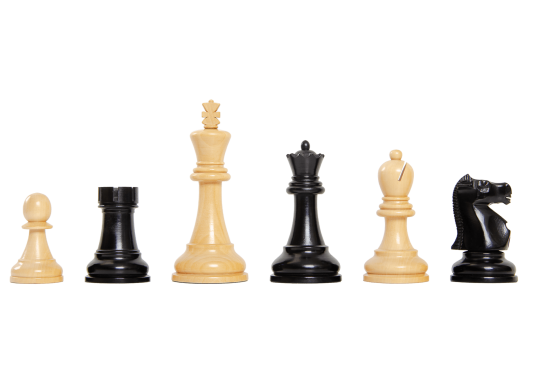 Free Worldwide Shipping
The DGT Projects Enabled Electronic Chess Pieces - Reykjavik Series - 3.75" King
Free Worldwide Shipping
The DGT Projects Enabled Electronic Chess Pieces - Reykjavik Series - 3.75" KingStarting at $549.00
To $1,828.00
Why It Matters
At first glance, this seems like a tech story. But it's more than that. It's about how intelligence works — human or machine.
Traditional chess engines reflect how we once believed machines should think: logical, exhaustive, rule-following. Neural networks reflect how humans actually learn: trial, error, pattern, instinct.
Both approaches have changed chess forever.
They've solved positions, revolutionized opening theory, and uncovered ideas no human had seen.
But more importantly, they've changed us.
Grandmasters now prepare with neural nets. Amateurs improve using engines. The game itself has evolved to meet its silicon counterparts. And perhaps that's the real story here.
It's not the difference between a neural net and a chess engine. But the fact that when you combine the two, you get something stronger than either alone.
FAQs
Stockfish is regarded as the best chess engine. It is open-source, regularly updated, and boasts unmatched playing strength. It powers major platforms and dominates the competition. While other engines like Leela Chess Zero offer neural network insights, Stockfish's hybrid architecture balances depth, speed, and accuracy for serious chess training and analysis.
Yes, Stockfish is completely free to use. As an open-source chess engine licensed under the GPL, anyone can download, integrate, and modify it. It runs on most devices and interfaces, from mobile apps to advanced GUIs.
Detecting chess engine use involves statistical analysis of move accuracy, time patterns, and comparison with top engine lines. Consistently playing like a chess engine (especially under time pressure or in difficult positions) raises suspicion. Online platforms use sophisticated algorithms and behavioral data to flag unnatural play and investigate possible engine assistance.
Leela Chess Zero stands as the most well-known pure neural network chess engine. It was modeled after AlphaZero. Trained through self-play, it mimics human-like intuition with creative and strategic play. However, hybrid engines like Stockfish — combining deep learning with brute-force precision — have consistently held the crown in competitive rankings.
Artificial Neural Networks (ANNs) are the foundational concept. It's networks of simple, connected units that learn from data. Deep Learning (DL) refers to ANNs with many hidden layers. It's capable of modeling highly complex relationships. Deep learning's ability to generalize and self-improve makes it ideal for modern neural network engines.


